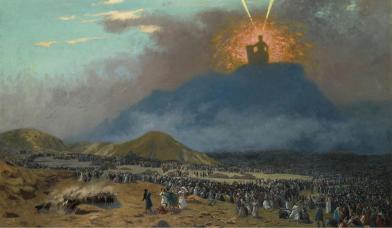CES
18. La hermosa durmiente (CES)
This is one of the most popular Ladino songs both historically and up to the present, first documented in the novel El mundo by Shelomo b. Yosef (Salonica 1881). It was also recorded around 1907/8 by Haim Effendi (NSA Y 09487/2) and Albert Beressi (Odeon 65 54379). In 1911 it was documented in Sarajevo (CMP AA56) and in 1924 in Rhodes (Hemsi 1995, no. 83A). The early recordings probably contributed to the preservation of the text in the many versions kept in oral tradition. This recording, unlike most of the documented versions, starts with a rare stanza and not with the widespread one: “Durme durme, hermosa doncella/ durme, durme sin ansia y dolor,” a line appearing on the label of this recording that led many modern performers to categorize this song as a lullaby. This rare stanza was to date found only in Haim Effendi’s rendition (4th stanza) and seems to have disappeared from oral tradition (see also Attias 1972, no. 15; Kalyviotis 2015, p. 115). The musical rendition of the CES is unique in that in every second stanza the melody starts from the upper register.
Pedrí tresoro, bienes y reinado
por estar siempre a tu lado.Hay tres años que sufre mi alma
por alcanzar a esta linda dama.Durme durme hermosa doncella,
durme durme sin ansia y dolor.Siempre ángel, siempre querίa
ver tu esfueño con grande favor.Siente joya el son de mi guitara,
siente bella mis males cantar.Yo no durmo ni noche ni día.
A los que aman angustia los guía.






